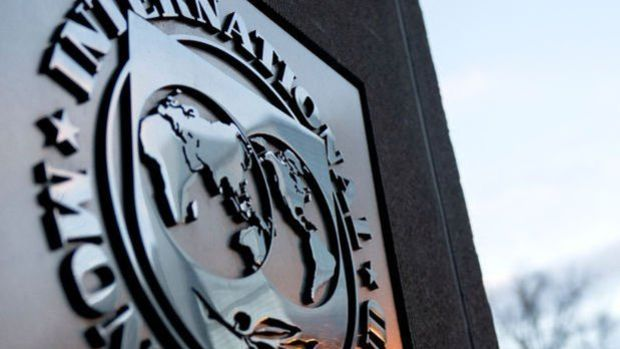IMF maps world's AI readiness
The International Monetary Fund (IMF) study revealed that countries are at different stages of readiness to take advantage of the potential benefits of artificial intelligence and manage the risks. The IMF published a blog post titled "Mapping the World's Readiness for Artificial Intelligence Shows Divergent Expectations." The article stated that artificial intelligence can increase productivity, stimulate economic growth and raise incomes, but that this technology can eliminate millions of jobs and increase inequality. The article, which pointed out that a study published by the IMF in January showed how artificial intelligence will reshape the global economy, stated that artificial intelligence could endanger 33 percent of jobs in developed economies, 24 percent in developing economies and 18 percent in low-income countries. The article also emphasized that artificial intelligence can also be a complementary tool and has enormous potential to increase productivity in existing jobs and create new jobs and even new industries. The article draws attention to the fact that most emerging market economies and low-income countries have a lower share of highly skilled workers than developed economies, and emphasizes that these countries will therefore be less affected by artificial intelligence. The article states that many of these countries lack the infrastructure or skilled workforce needed to benefit from the benefits of artificial intelligence, which could further deepen inequality between countries. "AI innovation and integration should be prioritized" The article points out that it is difficult to measure how prepared countries are for AI, in part because the institutional requirements for the integration of AI across the economy are unclear, and that the IMF's map shows that different countries are at different stages of readiness to benefit from the potential benefits of AI and manage the risks. The article notes that AI will likely worsen overall inequality among countries, and that the dashboard is a resource for better assessing AI readiness and determining the actions needed to ensure that the rapid gains of AI benefit everyone. The article emphasized that employees who can use AI technology may see wage increases or greater productivity, while those who cannot may be left behind, and that younger employees may find it easier to seize opportunities, while older people may have difficulty adjusting. The article noted that policymakers should expand social safety nets, invest in employee education, and prioritize AI innovation and integration.


